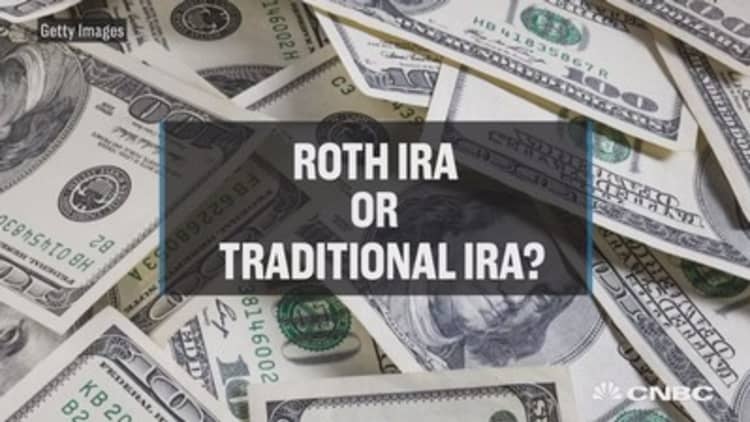Here's some bad news for investors who appreciate a good tax break: You are no longer permitted to take deduction expenses tied to your investments.
The Tax Cuts and Jobs Act, which went into effect this year, eliminated a slate of itemized deductions.
Breaks that are now out the window as of 2018 include the investment expense deduction, which allows you to deduct investment and custodial fees, costs-related trust administration and other expenses.
Under the old law, you were allowed to take this and other miscellaneous itemized deductions to the extent they exceeded 2 percent of your adjusted gross income.

Though you couldn't take a break for traditional individual retirement account fees that you paid directly from the account, you were able to use other assets to cover those costs and then take the deduction.
"Before this year, my advice was always, 'With IRA fees, pay them from the taxable account so that you get the deduction and the money keeps growing,'" said Ed Slott, a CPA and founder of Ed Slott & Co. "No more."
Now that you can't take the tax break for these costs, here's how you should consider paying the costs related to your IRA.
Returns vs. time horizon
Whether you should continue to use taxable account assets to pay those IRA costs will depend on two things: your account's growth and your time horizon, said Jeffrey Levine, CEO and director of financial planning at BluePrint Wealth Alliance in Garden City, New York.
"The greater the growth in the IRA and the longer the time horizon, the more it would skew you toward taking money from an outside account," said Levine.
That's because the fees you would otherwise pull from that IRA will be left to continue growing on a tax-deferred basis over time.
Meanwhile, if you're considering retiring fairly soon and your assets are held in largely conservative investments that aren't earning too much in returns, it might make more sense to deduct the investment fee directly from the IRA instead.
"You're not giving up as much tax-deferred growth if you take the fee out of the IRA," Levine said.
Roth IRA
What if you have a Roth IRA, where dollars grow tax-free and you can take tax-free withdrawals in retirement?
In that case, always use taxable account dollars to pay those expenses.
"Keep that tax-free Roth IRA growing," Slott said.
Know that while you can use taxable account dollars to pay IRA and Roth IRA expenses, you can't use traditional IRA money to cover Roth IRA costs — and you can't use your Roth IRA to cover traditional IRA fees.
"You can never pay from the IRA the fees for anything else but the IRA or it would be a prohibited transaction," Slott said. "Neither the traditional nor the Roth IRA should be used to pay the expenses of any other account."
More from Personal Finance
Retirees planning to downsize should brace for sticker shock
Here's the new tax-advantaged way to pay alimony
This threat could devour your estate


